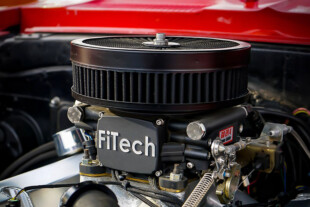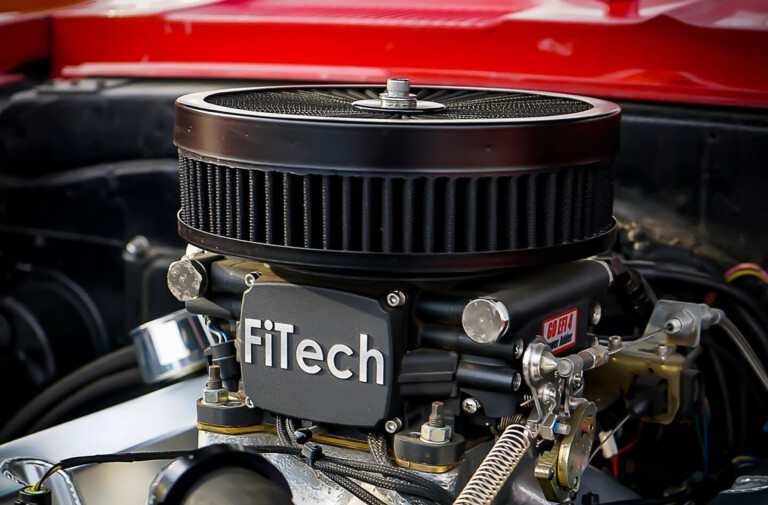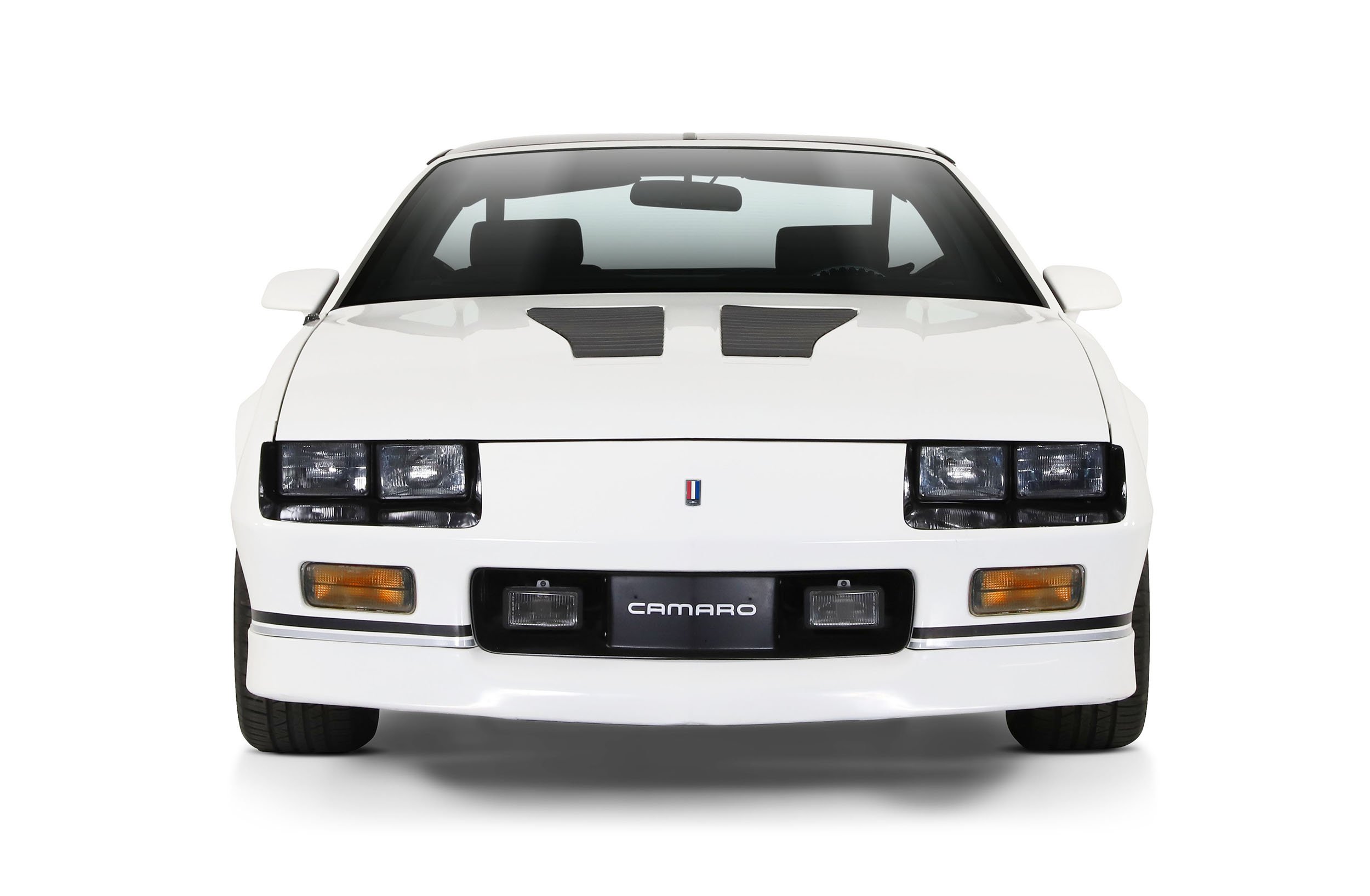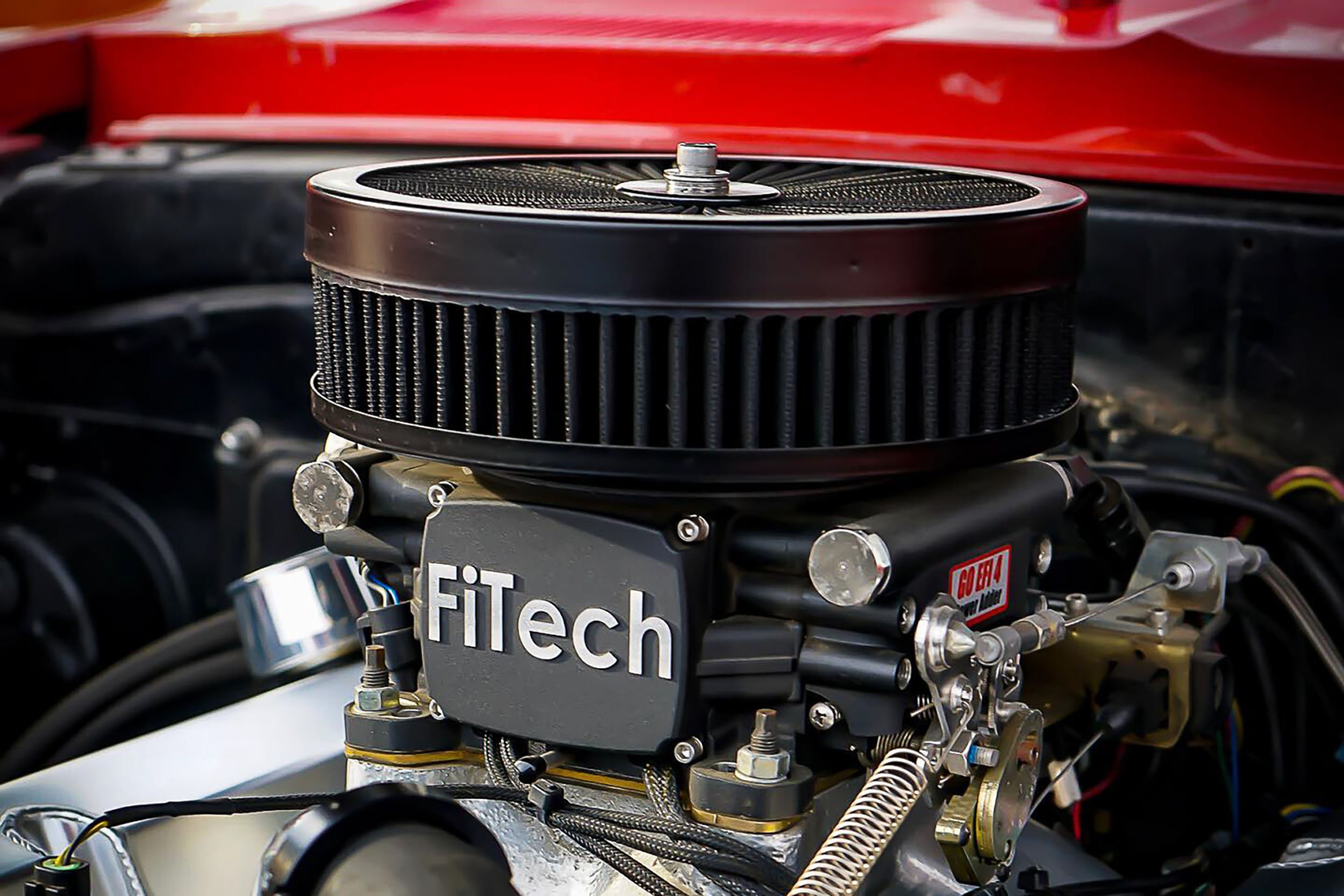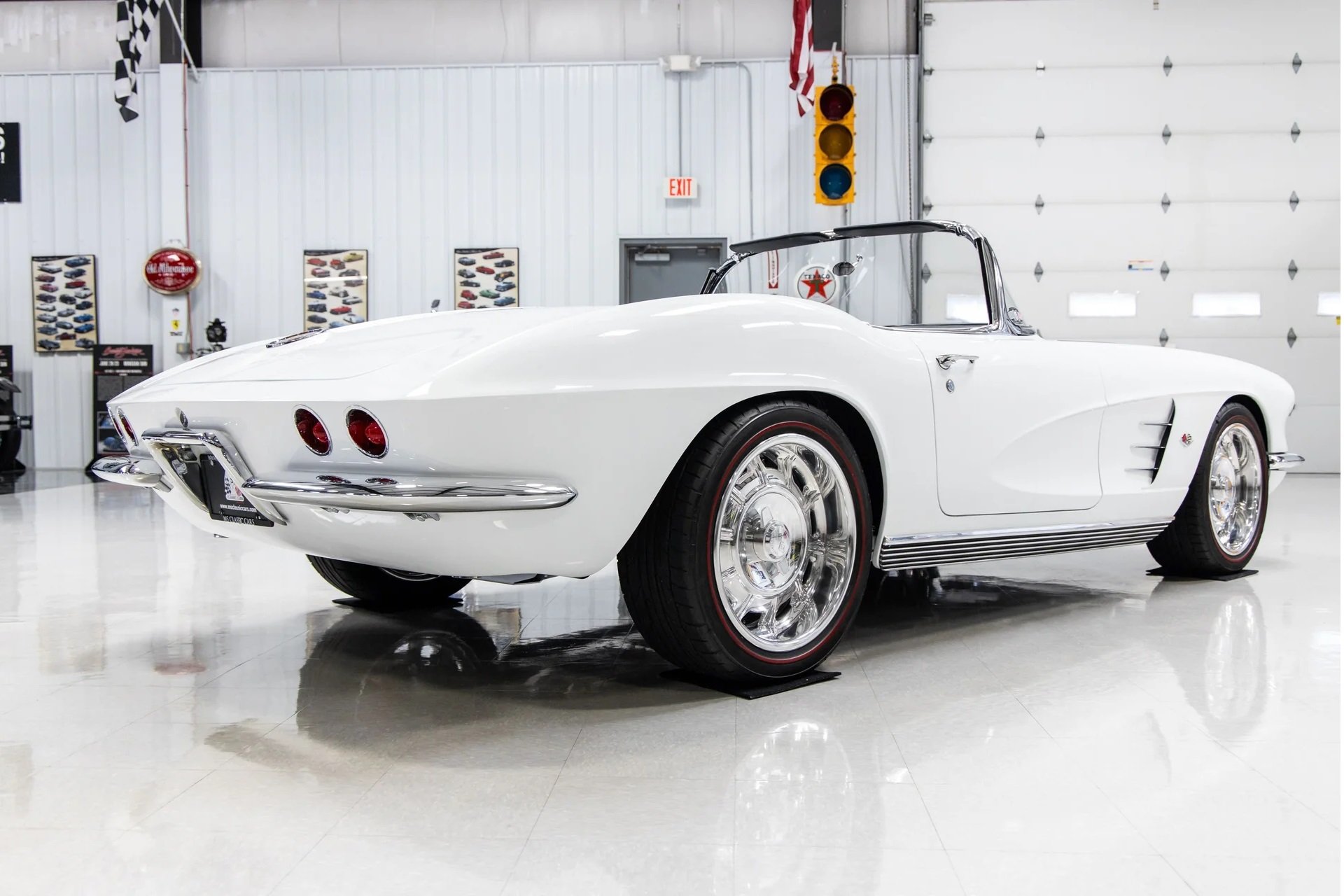When you upgrade your engine to make a substantial increase in horsepower, it goes without saying you also need to upgrade your oil system. Many people think of their oil pan and oiling system only after they have spent thousands of dollars on go-fast parts. Oiling is the engine’s life line and you better get it right if you want the engine to have a long, dependable life. The harder you drive and the more power your engine makes, the better the lubrication system needs to be.
We decided to put together an overview of How to Design an Effective Oil System, and we got with the guys atCanton Racing Products to help.
An Introduction to Canton
Canton has been building oil pans since 1981, starting in a small Connecticut garage building specialty oil pans for local auto racers. Not surprisingly, Canton’s popularity grew as their pans developed a reputation for both horsepower and quality.
According to Canton’s Mike Zeranski Jr., designing an effective oil system includes many different components – not just the oil pan. Canton considers the oil pick up, oil pump, filter, and bypass system all important. However, the oil pan, the holder of the oil, is still the foundation. “Your oil pan is a great place to start when upgrading your oil system” explained Zeranski. “You need to look at the entire system, but the oil pan’s design is going to be critical to keeping high oil pressure, and controlling oil windage under extreme conditions.”
Taking a hint from Mike, we’ll start wth oil pan design and discuss some keys to understanding how to choose the correct oil pan. The topic of oil pans isn’t the most exciting one, but it is vital to a cool and well lubricated engine. What we are going to discuss primarily in this article is oil pan technology, the different types of oil pans and choosing the right one for your application. Then we will cover some of the features and functions of oil pans and modern lubrication components. As you will see, technology has advanced significantly in lubrication systems over the years, so we want to make this slippery subject easier to get a grip on it.
Oil Pans and Design
The only similarities that can be found between the OEM pan and an Aftermarket Plan, is the fact that it holds oil!
Stock factory oil pans are very good at what they do – they hold oil to be picked up by the pump and circulated through the engine to provide lubrication, cleaning and cooling to stock, unmodified cars. But we’re not about unmodified cars, we need something with more function. To get a better understanding of oil pan technology, we need to take a brief look at a typical lubrication system.
Now let’s take a look at an aftermarket pan:
Aftermarket pans – as most aftermarket parts do – improve on what the factory does. Better oil control, more horsepower, and greater durability for your engine.
Now, the first task in designing an effective oil system is knowing what the intended use for your engine (drag racing, road racing, etc). It is imperative to have some knowledge of the differences in the components that make up an oil system. We can boil down the application into three categories:
• Oil Control
• Power Function
• A Balance of the oil control and power function
Oil Control Applications
Zeranski Jr. told us the obvious starting point in choosing an oil pan in picking one for your intended application. For example, Canton makes approximately 300 different oil pans for various types of applications. Their product lines include pans for circle track racing, drag racing, road racing, trucks, marine use and street use. Each style of oil pan has strengths for the intended application. For the purposes of this article and our audience, we will limit the discussion to these applications: Hot street cars, street/strip cars and heavy drag strip cars.
Street/Economy Oil Pans
Street cars are subject to turning, acceleration and braking that can cause the oil to flood on one side of the oil pan. Repeated movement of the oil causes wavelike sloshing of the oil in the sump which can dip the crankshaft into the oil or uncover the oil pump pickup. Excess oil on the crankshaft adds rotating weight and reduces horsepower. A good economy street pan will probably offer a deep sump only. Some of these types of oil pans include a one way screen windage tray or crank scraper. These pans are almost always stamped steel.
Street/Strip Oil Pans
An oil pan designed for street and strip use is — by it’s very nature — more aggressive in the power function and provides adequate oil control to prevent sloshing and starvation. Most dual purpose (Street/Strip) oil pans will also incorporate a windage screen and baffles with trap doors. These dual purpose pans are usually fabricated for deeper sumps and are purpose built for specific chassis. A deep sump will keep a larger column of oil over the oil pump pickup which prevents any possibility of oil starvation. The larger column of oil will dissipate heat as it waits to be picked up by the pump and moved through the system.
Drag Racing
Drag race oil pans are designed to maximize power by keeping excessive oil off of the crankshaft and controlling the windage generated by the rotating crankshaft. Oil on the crankshaft adds rotating weight and uses power. At high RPM’s, there are literally sheets and ropes of oil clinging on the crankshaft. These ropes are flung off of the crankshaft and bounce against the side of the oil pan and ricochet back onto the crankshaft. Canton’s drag race oil pans are designed with an oil recovery pouch to control the oil splashing and route the oil back to the sump, a windage tray, and a crank scraper. Some oil pans include other devices to control the oil such as a check-ball system in place of the trap door.
Bottom line; Oil pans designed for drag racing provide an adequate supply of oil during quick acceleration while keeping the rotating weight down. Some oil pans, such as the Canton’s show above, are also made of welded/fabricated aluminum. The primary advantage here is weight savings.
Controlling the Oil in the Pan With Trap Doors and Baffles
The concept of baffles is rather simple — keep the oil at the pickup. In drag racing, there isn’t as huge a need for baffles since the vehicle is traveling in a straight line. However, when you hit the brakes at the end of a drag run, you do risk starving your engine. Thus, a trap door is a pretty standard option for a drag pan.
However, when it comes to turn, especially at a high rate of speed on the street or road course, baffles can keep your engine alive. “The baffling systems in Canton’s oil pans are the result of extensive testing on all types of tracks and engine configurations,” explains Zeranski Jr. “We use a combination of precisely positioned trap door baffles, oil runners, and slosh baffles to control the oil in the sump and direct it to the pickup.
Trap door baffles are designed and positioned to open and allow oil to easily flow toward the pickup and to close to prevent oil from flowing away from the pickup. Under cornering force, the doors will keep the oil from shifting in the pan and keep it at the pickup.

As you can see, trap doors are used to control oil flow. It’s simple. When accelerating, the oil goes through the one-way door into the area where the oil pick up is. It’s “trapped there” by the 1-way door. When you brake, the oil can’t return due to the blocked door.
Other Considerations –
In addition to selecting an oil pan based on the intended application, a closer look at any aftermarket components for clearance issues to the oil pan would be wise. Items such as headers, steering racks, cross members and sway bars may prevent mounting some larger capacity pans.
In addition, there is a 95% chance that you’ll have a wet sump oil pan. There are very few factory vehicles such as LS7 Corvette that run a dry sump system. Dry sump oil systems are more expensive and complicated so they are generally only used in the higher levels of racing. Having an external reservoir also gives the ability to hold an excessive amount of oil to help control temperatures.
The biggest difference between the two types of systems is where the oil is stored. In a wet sump system the oil is stored in the sump area of the oil pan. In a dry sump system, the oil is stored in a remote tank that is usually fitted with an oil/air separator. Because the oil is stored outside of the engine, several feet of hose and an external oil pump is required to move the oil to and from the remote tank.
Oiling 101 – The Components of an Oiling System
Now that we have covered the basics of what you you need to know on selecting a pan for your application, let’s take a look into the components that finish up an oiling system.
The Pickup
It all starts at the pickup. It is very important to use the correct oil pick up for the oil pan that you are using. They are designed to be used together for the proper spacing from the bottom of the oil pan. Too close to the bottom of the pan and the pump may pick up any gunk that’s lying in the pan or block the flow of oil to the pump. Too far away from the bottom of the pan and under rapid acceleration, the pump may suffer oil starvation.

Oil Pickup for a Ford 351W engine and Canton rear sump oil pan.
Most oil pickups have a screened head at one end, connected by large diameter tubing to a flange, which in turn presses into or bolts on to the oil pump. Press in style pickups can come loose under hard racing conditions with high RPM engines. To ensure that this doesn’t happen Canton highly recommends tack welding all press-in pickups. Before doing so, you want set the oil pickup tube at the proper distance from the bottom of the pan.
The easiest way to do this is to get some modeling clay and stick it to the bottom of the pickup. You will then want to put the pan on the engine, secured by a few bolts. Then remove the pan and inspect the amount the pan pushed in the clay. You are ultimately looking for 3/8 – 1/2 inch of clearance between the pan and pickup screen.
The Oil Pump
From the pick up tube, we go to the oil pump. This is a little controversial. For years, a high volume, high-pressure pump was considered essential for a performance engine. Now, many engine builders are running tighter clearances and recommend against one. Some like high volume, but standard pressure!
Most performance builders say higher volume oil pumps are a must with higher performance engines. You can expect to see up to a 25% increase in oil pressure and volume with the addition of a high volume oil pump. Additionally, you want to look at the make of your block. Aftermarket block companies such as Dart and World Products use a priority main oiling system that oils the mains before the cam. Some of these block manufactures do not recommend a high volume pump due to their redesigned oiling system.

High Volume oil pump for Small Block Chevy.
When you upgrade your stock oil pump to a high volume pump, you must make sure to upgrade the oil pump drive shaft as well. The oil pump drive shaft connects between the distributor and oil pump, using the driving force made from the distributor to turn the oil pump. On a small block Chevy, the OEM oil pump drive shaft uses a plastic dip to connect the distributor to the drive shaft rod. An aftermarket drive shaft will increase the reliability of the drive shaft. We have seen engines destroyed in a matter of seconds when heavy racing oil and high volume oil pumps are used at higher rpm’s when the stock oil pump drive shafts break.
With the oiling system complete, the next step is maximizing the efficiency of an oiling system. There are several add ons that don’t look like much, but do their job.

When the crankshaft is turning, oil is sprayed on the bearing surfaces for lubrication, cooling and cleaning. This can be a problem. That oil splashing on everything causes friction and drag!
Windage Trays Explained
Essentially, an engine is an air pump. Air comes in a cylinder with fuel, compressed, ignited, and pumped out. The pistons moving up and down inside your engine creates a pumping motion of air coming down into the crank case at thousands of revolutions per minute. The crankshaft also acts as a propeller, spraying oil everywhere, including the walls of the block.
This is bad and good. Too much oil splashing around tends to cause issues.
Can you imagine your crank spinning at 6,000 RPM with all these parts spinning around, there is a whole mess of turbulence created by these moving parts. With moving air hitting oil, it causes the oil to splatter and also creates air bubbles in the oil itself. It is known that windage can turn up to three quarts of your engines oil into a dirty tornado in the bottom of your crank case.
Adding a windage tray will help elevate most of your engine’s windage woes. The windage tray acts to cut oil off the crankshaft and keeping the oil that is thrown off from splashing back onto the crankshaft.
Most windage trays are louvered or have fine mesh to allow the oil to pass back into the sump without the windage affecting the scavenging of oil already in the sump. Keeping the oil down in the sump and not in a vortex around the rotating assembly will yield a slight power gain. Gains will grow with the more power and RPM you turn, but a general rule of thumb is 1-3% additional.

Close up of the oil recovery pouch on this Canton oil pan
The mini version of a windage tray is also called a recovery pouch. The oil pan’s recovery pouch extends the right side of the pan out away from the crankshaft, creating an open pocket for oil coming off the rotating assembly to collect and drain into the sump. This thins out the heavy atmosphere of oil in the crankcase allowing the crank to spin easier. The pouch is an option on the pan that is designed into the construction which also widens the upper width of the pan, allowing for additional capacity as well.
Crank Scraper
Now that the air flow between the sump and rotating assembly is taken care of, there are tools that can help get the oil off the rotating assembly. The design is simple, a precision cut “comb” that is contoured to the crank’s profile that simply scrapes excess oil off the crank. This reduces the “roping” of oil that is following the crankshaft.
With the scraper, the oil is literally cut or scraped off and it reduces the effective weight of the crank. There isn’t a benefit to oiling the exterior of your counter journals and by simply reducing the amount of weight on them will ultimately equate to more power.

Small block Chevy crank scraper

Built in crank scraper on Canton Pan
Last Word
Most people don’t think there is a lot of technology involved when it comes to designing an oiling system. The reality is you need a lot more than a stock pan on a high performance engine to operate correctly. Even having a pickup tube that is not properly clearanced can cost you thousands.
So when it comes to upgrading your current engine or building another, don’t skimp on the one part of the engine that keeps everything lubricated correctly, your oiling system.
Also, a special thanks to Canton for supporting the web site and helping us with this technical article. Canton has a nice tech section on their website you can also reference for tech articles and tips. Check it out here.









